1. Open Shelving in the Kitchen

It looks great on Instagram, but open shelving often sacrifices function for form. Unlike closed cabinets, open shelves expose everything to grease, dust, and kitchen humidity, making upkeep far more demanding. It forces homeowners to treat everyday dishes like display pieces, which isn’t practical for busy or clutter-prone lives. Over time, this pressure to maintain “curated clutter” becomes exhausting.
Beyond maintenance, open shelving can actually reduce usable storage space. Many people end up storing less for fear of making it look too busy, which defeats the purpose of having shelves. The lack of concealment also adds to visual noise, which contributes to cognitive fatigue. Kitchens should make life easier, not feel like you’re constantly on camera.
2. Giant Windows with No Curtains

Natural light is important, but there’s such a thing as too much of a good thing—especially when there are no window treatments involved. Huge windows without curtains can make a room feel exposed, increasing feelings of vulnerability, especially at night. They can also let in excessive sunlight during the day, which leads to glare and overheating, depending on your climate and orientation. That’s not just uncomfortable—it can also disrupt your circadian rhythm.
When you can’t control your light exposure, you risk poor sleep and overstimulation. This is particularly disruptive in bedrooms or living rooms where relaxation is key. The absence of curtains also interferes with acoustics, making echo and noise pollution worse. A beautiful view means little if you’re always squinting or sweating.
3. Oversized Furniture in Small Spaces
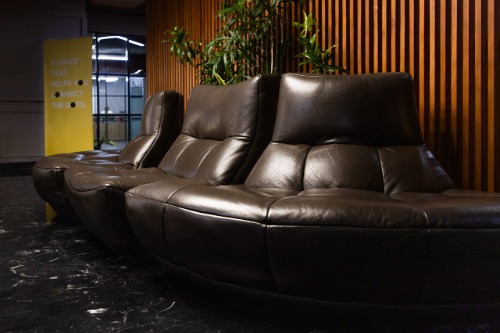
Big sectionals and king-sized beds might feel luxurious, but in smaller rooms, they can be suffocating. Oversized furniture disrupts natural flow and movement, creating a cramped, awkward environment. It can also block light sources and sightlines, making the entire room feel darker and more closed in. Human comfort relies heavily on spatial freedom, and when that’s taken away, anxiety and irritation often increase.
People often underestimate the emotional toll of constantly having to sidestep or squeeze through furniture. It disrupts the ease of daily life, turning simple tasks into minor obstacles. Over time, this wears on you mentally and physically. If a room feels like it’s working against you, you’re less likely to spend time there.
4. Industrial-Style Floors
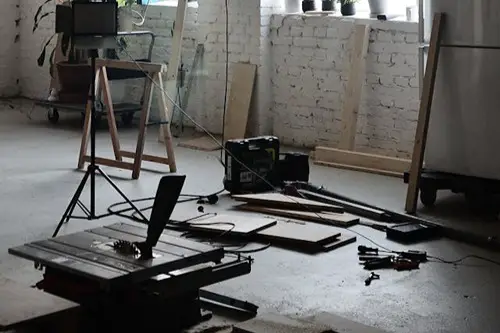
Polished concrete, exposed aggregate, and sealed cement floors are sleek—but rarely soft underfoot. These surfaces are hard, cold, and often have poor acoustic properties, making rooms feel echoey and impersonal. While durable, they can aggravate joint pain when stood on for long periods and significantly lower thermal comfort. They also absorb less noise, which increases stress levels over time.
Add in how slippery they become when wet, and it’s a comfort and safety issue rolled into one. In homes with kids, pets, or older adults, this becomes a long-term risk. Sure, rugs can help, but they’re often just a band-aid solution to a foundational discomfort. Walking barefoot in your own home shouldn’t feel like a warehouse experience.
5. All-White Everything
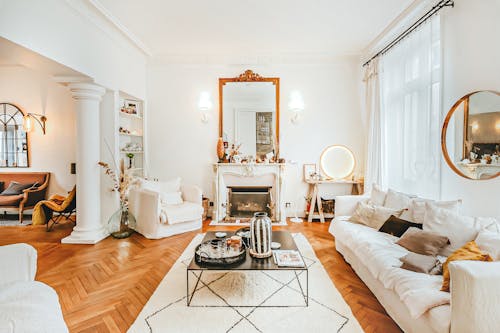
A room drenched in white might look like it belongs in a design magazine, but living in it is another story. White walls, furniture, floors, and decor lack visual warmth and create a sterile, clinical feeling that can elevate stress. Studies have shown that overly neutral environments can reduce creativity and even contribute to feelings of loneliness. Without visual contrast, the brain has a harder time processing spatial depth, which subtly undermines comfort.
To make matters worse, all-white rooms show every speck of dirt or wear, forcing you into a constant state of vigilance. This inadvertently raises cortisol levels over time, making what should be a calm space feel subtly oppressive. While white can be peaceful in moderation, taken to extremes, it actively strips a room of coziness. You’re not relaxing—you’re tiptoeing through a showroom.
6. High Ceilings with Little Insulation
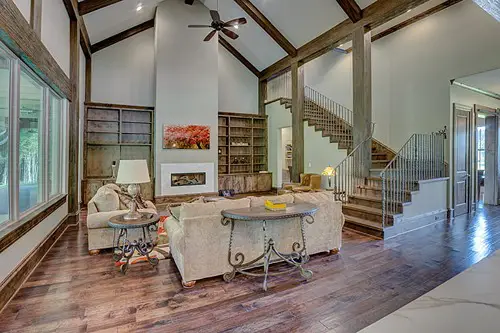
Vaulted ceilings look impressive, but they often mess with thermal and acoustic comfort. Warm air rises, which means it’s harder to maintain a consistent temperature at the living level. In colder months, heating bills skyrocket while your feet stay cold; in warmer months, air conditioning works overtime. It’s inefficient and environmentally unfriendly.
Acoustically, high ceilings create echo chambers that make conversations harder and ambient noise more irritating. Without proper insulation or sound-absorbing materials, the space becomes overwhelming. What should feel expansive ends up feeling unbalanced and disconnected. Grand design shouldn’t come at the cost of livability.
7. Wall-to-Wall Mirrors
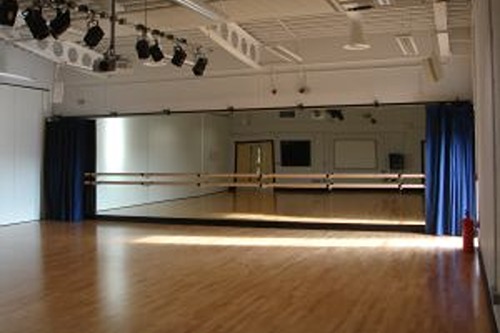
A common trick to “open up” a room is to install large or multiple mirrors—but this can backfire in a big way. Too many reflective surfaces overstimulate the brain, especially in spaces meant for rest like bedrooms or bathrooms. Constant visual feedback can create a sense of self-consciousness and even anxiety. It also amplifies light, which might sound nice until you’re dealing with blinding reflections at odd times of day.
In Feng Shui, mirrors are thought to bounce energy around, which, while metaphysical, actually parallels how disorienting too many reflections can feel. Over time, the constant sensory input becomes tiring, like living in a dressing room. Mirrors should be used with purpose, not as a substitute for good spatial design. Sometimes it’s better to feel grounded than expanded.
8. Bedrooms Without Doors

Loft spaces or open-plan studios often omit doors for aesthetic continuity—but this comes at a big cost to privacy and psychological safety. Doors provide a clear boundary that tells the brain it’s time to relax, and without them, sleep quality can suffer. Even low-level background noise becomes more noticeable and disruptive. Plus, the lack of control over light and temperature makes the space less restful.
For couples or roommates, the absence of a door also undermines intimacy and personal space. Humans instinctively seek shelter and security in sleeping areas—it’s primal. Without that barrier, the brain remains on mild alert, never fully shutting down. An open-concept bedroom might look chic, but it often feels incomplete.
9. Bare Bulb Fixtures
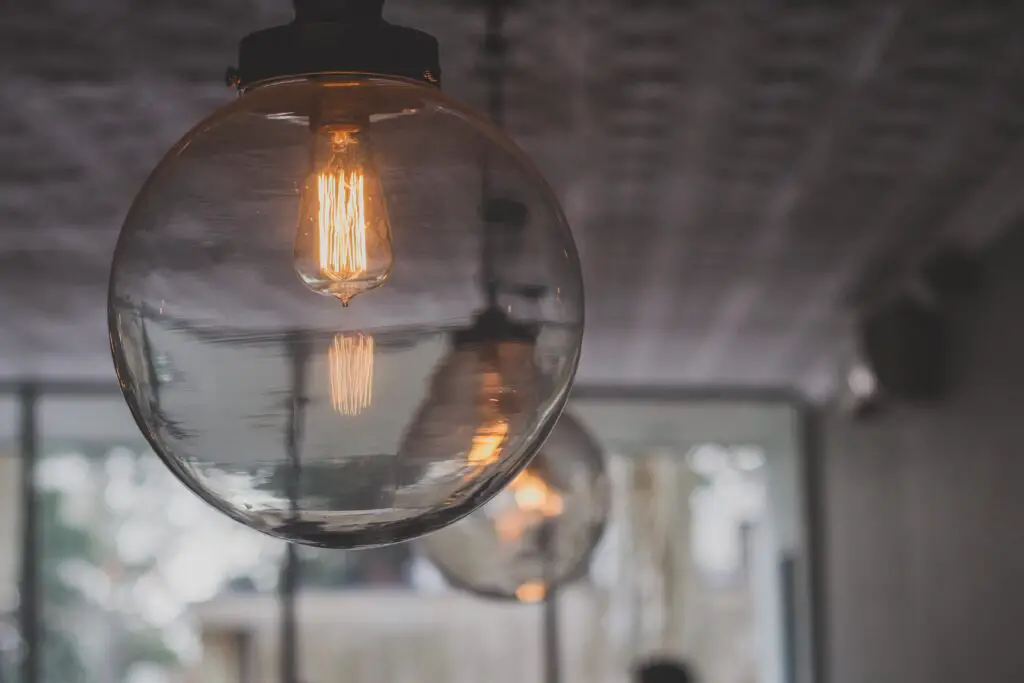
They may be trendy in minimalist and industrial aesthetics, but bare bulbs are notoriously harsh on the eyes. Direct, unfiltered light creates glare and contrast imbalance, which strains your vision over time. It also disrupts melatonin production in the evening, making it harder to wind down before sleep. Human eyes are simply not built to handle exposed points of light for prolonged periods indoors.
Even during daytime, these fixtures don’t diffuse light well, leaving parts of the room in hard shadow. That uneven distribution contributes to visual discomfort and disrupts mood. Layered lighting with diffusers or shades is far more in tune with natural human needs. Design shouldn’t make you squint in your own living room.
10. Floating Furniture Without Anchoring Elements
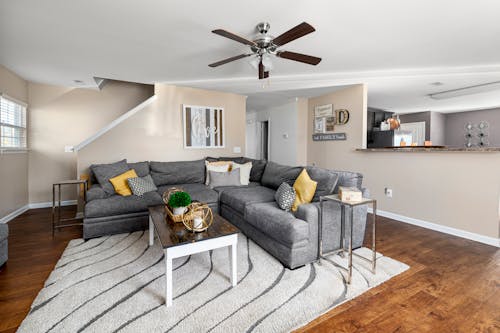
The idea of “floating” furniture—like placing a sofa in the middle of a room—can work in theory, but often leads to discomfort when done poorly. Without a rug or defined space, furniture arrangements feel adrift and disorienting. Human brains prefer structure and spatial coherence, especially in frequently used rooms. When the layout lacks anchoring elements, it feels unstable and even mildly stressful.
This design misstep also makes conversation harder. If furniture isn’t arranged to naturally face each other or define zones, people have to work to feel connected. It creates emotional distance in social areas meant for bonding. Comfort isn’t just physical—it’s also psychological.
11. Ultra-Minimalist Bathrooms

Minimalist bathrooms may look sleek, but they’re often stripped of things that make them usable and comforting. Think tiny sinks with no counter space, nowhere to hang a towel, and zero storage for real-world toiletries. These environments might look clean, but they force you to adapt your habits to the space instead of the other way around. Over time, that friction becomes an everyday frustration.
Function should always come before form in utilitarian spaces. A bathroom should support your routine, not slow it down. When you have to constantly compromise on basic tasks—like where to put your toothbrush—that subtle discomfort adds up. Clean lines are great, but not when they cut into your quality of life.
12. Glass Tables in Living Spaces
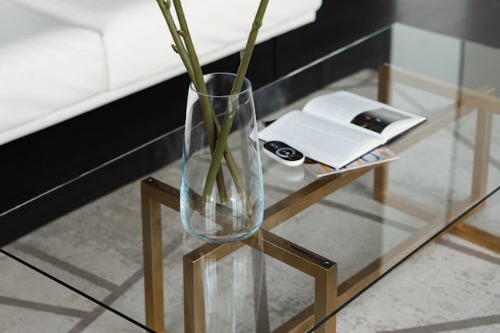
They might feel light and airy, but glass tables are some of the most high-maintenance, cold, and anxiety-inducing pieces of furniture you can own. They show fingerprints, smudges, and dust immediately—so you’re always wiping them down. They also have sharp corners and hard surfaces, making them especially hazardous in homes with kids or pets. Psychologically, people often avoid leaning or resting on them because they just don’t feel solid.
Even visually, glass tables offer little grounding to a room. They can make a space feel like it’s floating, which some people subconsciously interpret as instability. That lack of perceived weight makes it harder to feel settled. In comfort-focused spaces, tactile and visual solidity matters more than people think.
13. Overly Coordinated Color Schemes
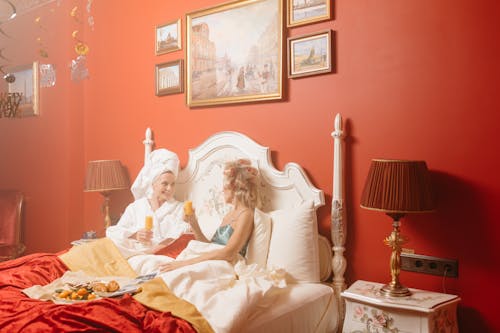
Rooms where every item matches perfectly—beige on beige, or black and chrome everything—often come off as cold or artificial. Human comfort thrives on subtle variety and organic texture, not uniformity. A lack of contrast flattens the sensory experience and makes the space feel lifeless. Psychologically, this can feel stifling, like the room is trying too hard and offering too little.
This also tends to limit personalization. People may feel nervous about adding something that “doesn’t match,” which makes the space less flexible and lived-in. That hesitancy keeps you from fully engaging with your home. A room should support your life, not stage-manage it.
This post 13 Room Designs That Quietly Sabotage Basic Human Comfort was first published on Greenhouse Black.
